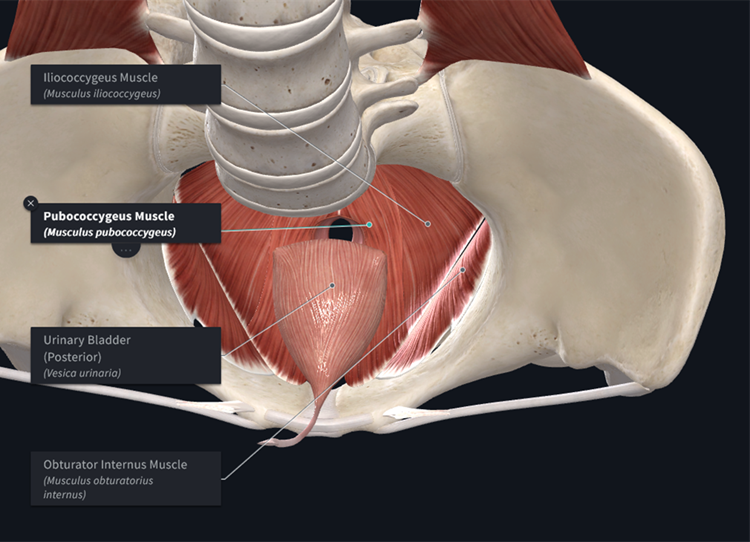Nutrition plays such an important role in our pregnancies and post-partum periods. Breastfeeding requires time…

My hip is connected to my bladder? How urinary symptoms can be associated with hip musculature.
When we look at bladder urgency and frequency, it is often assumed that the bladder is overactive or that the pelvic floor is too weak. However, research does not support either of these assumptions. When we are assessing our patients with bladder urgency and frequency, we need to be paying more attention to the hip and levator ani group.
The hip is stabilized in the acetabulum (joint) by the deep hip rotators. These muscles help the ball to center in the socket and improve the ability of the larger muscles such as the gluteal group, to work efficiently. The obturator internus, a hip muscles forms a common tendon (connection) with the piriformis (another hip muscles) prior to the attachment into the hip capsule and the upper femur.

When there is increased tone in the obturator internus the hip can rest in external rotation pattern with increased pull onto the levator ani group of the pelvic floor. The obturator internus shares a fascial connection with levator ani group via the arcus tendineus of the levator ani (ATLA). The ATLA is a thick fascial plane that assists in pelvic floor support with hip stability.

Researchers have found that as the bladder fills, it puts pressure on the obturator internus and the levator group. If there are trigger points in the either of these muscles, the brain can have a difficult time discerning the trigger point pain and will interpret the signals as bladder urgency. As this pattern continues, it can lead to a urgency/frequency voiding pattern.

When the patient seeks medical treatment, this is the group of patients that do not respond as well to medication as the bladder is not overactive. With the treatment of the trigger points in the obturator internus or the levator ani group, the brain is better able to interpret the signals from the muscles and the bladder and break the dysfunctional voiding pattern.
Digging deeper into the research, there is a strong correlation of pelvic floor muscle trigger points and urinary symptoms. In fact, in one study, 95% of patients who sought care in a urogynecology office for voiding dysfunction had pelvic floor muscle trigger points. This was even in patients who did not go to the urogynecologist with complaints of pain. Of all the muscles palpated in this study, the obturator internus had the highest level of trigger points.
In another study of patients presenting to urogynecology for voiding dysfunction, trigger points in the obturator internus and levator ani group scored higher on the UDI-6, an outcome measure for urinary dysfunction. This study also found that trigger points in these muscles correlated with patients having difficulty emptying their bladder, frequency and urgency, and incomplete bladder emptying.
As we treat patients that have urinary dysfunction, we need to explore beyond the bladder and doing Kegels. If our patients are experiencing these symptoms, based on the research, we need to explore the musculoskeletal system and the muscles that bridge between the hip and the pelvic floor. Paying particular attention to the obturator internus of the hip and how it is impacting the levator ani group of the pelvic floor
We offer a free 15 minute phone consultation to answer any questions and make sure we are the right fit to address your needs.




